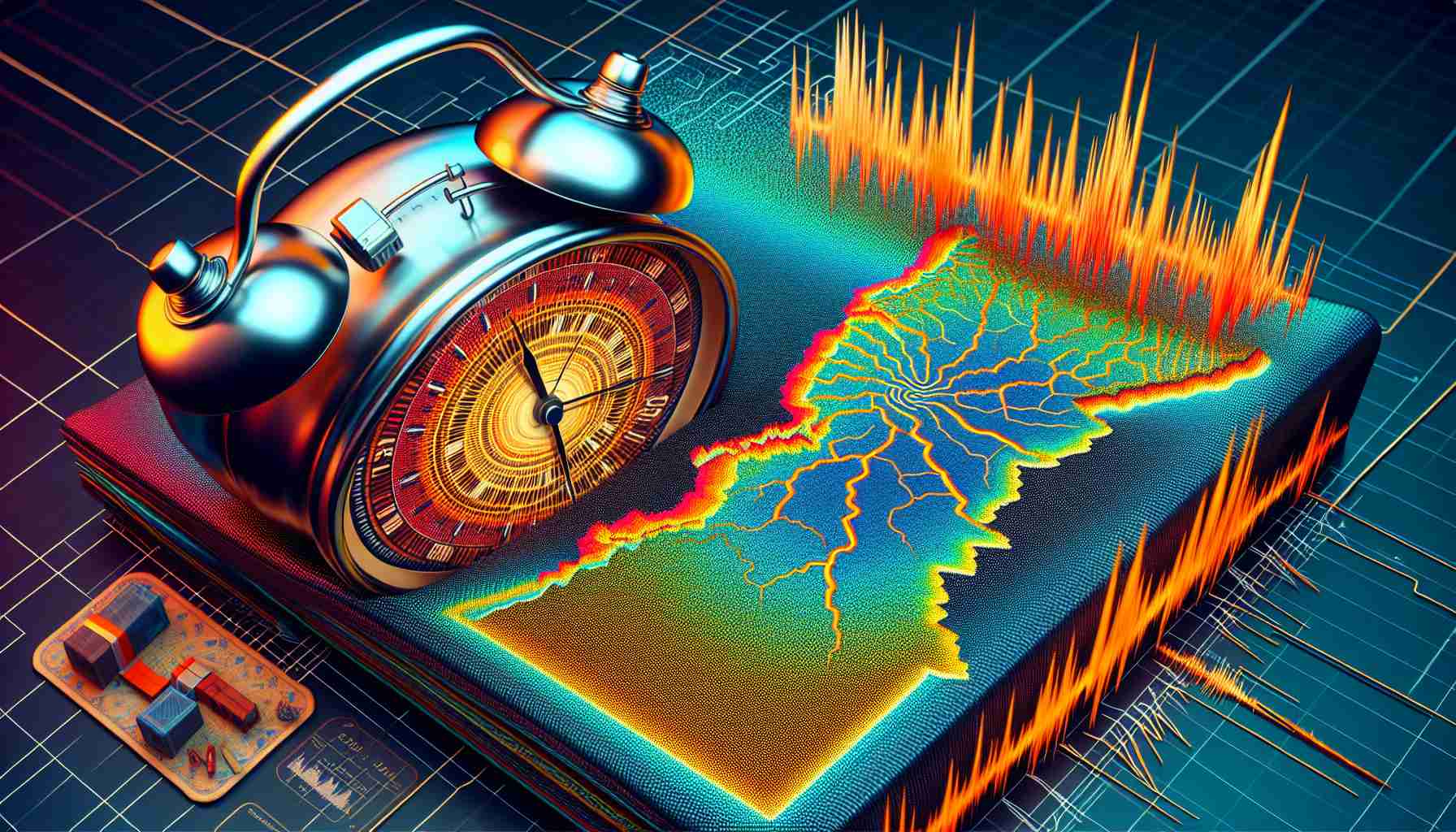- A 5.2 magnitude earthquake struck northern Morocco on February 10, 2025, originating from Brichka in Ouezzane Province.
- Major cities including Tangier, Nador, and Casablanca experienced the quake, but no immediate damage or injuries were reported.
- The earthquake highlights Morocco’s vulnerable location at the junction of African and Eurasian tectonic plates.
- Communities are encouraged to adopt comprehensive safety measures, like evacuation plans and securing household items.
- There’s a growing focus on earthquake-resistant infrastructure and enhancing public awareness of seismic risks.
- Emerging technologies such as AI-driven early warning systems and advanced building materials aim to increase preparedness.
On the unassuming night of February 10, 2025, Morocco trembled as a 5.2 magnitude earthquake sent ripples of alarm through its northern regions. Striking at 11:48 PM local time, the quake originated from a depth of 20 kilometers beneath the quaint commune of Brichka in Ouezzane Province. Residents from bustling urban centers like Tangier, Nador, and even as far as Casablanca felt the unsettling vibrations, stirring widespread concern.
Fortuitously, no immediate damages or injuries were reported, offering a moment of relief. However, this seismic event served as a somber reminder of Morocco’s precarious position at the seismic crossroads of the African and Eurasian tectonic plates. With memories still vivid from the catastrophic 6.8 magnitude quake that rocked the High Atlas in 2023, vigilance is more crucial than ever.
The recent tremor underscores the imperative of preparedness in seismically active zones. Communities are urged to embrace safety protocols: creating evacuation plans, anchoring heavy furniture, and maintaining a robust stock of emergency supplies. With a growing market for earthquake-resistant infrastructure and safety gear, there’s an emerging trend towards bolstering public awareness and readiness.
Innovative technologies are emerging, with advanced building materials boosting structural resilience and AI-driven early warning systems predicting seismic activities. These advancements aim to reduce risks and enhance community safety in high-risk areas.
The earth’s unpredictable convulsions may shake us, but armed with knowledge and foresight, we can weather the storm. Stay informed, prepare diligently, and remain steadfast in resilience. The goal is clear: when the earth trembles, your foundations—both physical and metaphorical—stand unyielding.
Will Morocco’s Latest Earthquake Ignite a Safety Revolution?
Key Information and Insights
On February 10, 2025, a 5.2 magnitude earthquake rattled northern Morocco, originating at a depth of 20 kilometers below Brichka in Ouezzane Province. Despite the reach of its tremors to cities like Tangier, Nador, and Casablanca, there were no immediate reports of damages or injuries. This incident highlights Morocco’s location at the seismic crossroads of the African and Eurasian tectonic plates, necessitating a renewed focus on earthquake preparedness and safety measures.
Emerging Trends and Innovations
1. Innovative Building Materials and Infrastructure:
– There is a growing market for earthquake-resistant materials that enhance structural resilience, such as advanced composites and flexible building components designed to withstand seismic forces.
2. AI-Driven Early Warning Systems:
– Cutting-edge AI technology is being utilized to predict seismic activities more accurately. These systems aim to provide timely alerts, allowing people to evacuate or take safety measures before a quake strikes.
3. Enhanced Public Awareness Programs:
– Initiatives focused on increasing public awareness of earthquake safety protocols are on the rise. These include educational campaigns, community drills, and the distribution of comprehensive preparedness kits.
Important Questions and Answers
What are the pros and cons of the current earthquake preparedness strategies in Morocco?
– Pros: Increased public awareness and the adoption of innovative technologies have enhanced community readiness and resilience. New building codes and materials improve structural safety, while educational programs empower citizens with necessary knowledge.
– Cons: Despite progress, rural areas may still lack access to resources and information. Additionally, the implementation of cutting-edge technologies can be costly and logistically challenging.
How does the 2025 earthquake compare to the 2023 High Atlas quake?
– The 2023 High Atlas earthquake was significantly more devastating with a magnitude of 6.8, causing widespread damage and loss. Contrastingly, the 2025 quake was less severe in magnitude and impact, serving more as a precautionary reminder of potential risks.
What is the future market forecast for earthquake safety products and services in Morocco?
– The market for earthquake safety products is expected to grow, driven by increasing awareness and demand for protective measures. This includes a surge in demand for AI-driven warning systems, earthquake-resistant building materials, and emergency preparedness kits, contributing to a more robust and resilient infrastructure in Morocco.
For further insights into earthquake preparedness and global seismic activity, visit USGS or explore resources on UNISDR for international disaster risk reduction strategies.




















